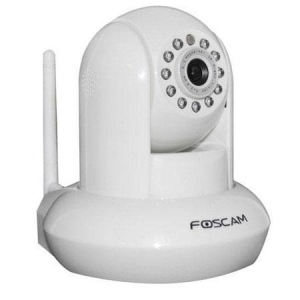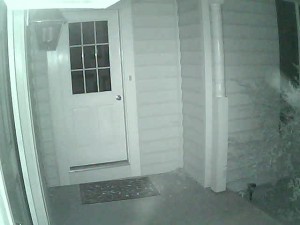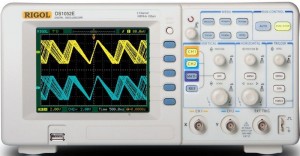After getting frustrated with paying for 500 mostly worthless channels on cable, I decided to try old fashioned over the air TV again and was pleasantly surprised. I used the following:


- Winegard MS-2002 antenna in my attic ($63 on Amazon)
- GE ConnectionCenter TV distribution amplifier (came with the house)
- Tivo HD w/lifetime service ($157 on eBay)
- 1TB Hard drive upgrade ($50 new, I used an old drive)
- Old Toshiba 27″ SD TV (usually free if you’ll pick it up – I had this one)
The amplified omni-directional antenna sits in the attic and is connected by coax cable to the distribution amplifier in my basement. The distribution amp takes the antenna signal amplifies it and splits it to feed up to 5 coax cables taking the signal elsewhere in the house (including the guest room where the ancient 27″ CRT TV lives).
I was pleasantly surprised to receive nearly 50 channels including the major networks (ABC/NBC/CBS/FOX), smaller networks (USA, WB, ION, LWN, Cozi, Bounce, meTV, thisTV), lots of PBS channels, and some channels I’m not interested in (shopping/religious/Spanish). The reception quality is very good no ghosts or snow. The selection isn’t as good as cable (in particular I miss Comedy Central), but it’s not bad either and has plenty of decent programming including movies.
The Tivo has a very pleasant user interface and automatically records movies and your favorite shows so you always have lots of good programming available to watch. The 1TB drives stores a ridiculous amount of video (144 HD hrs, 1367 SD hrs). This setup eliminates a cable box rental and provides a reasonable media solution that is enhanced with a DVD player with internet connection for Netflix, Amazon Prime, etc.
With OTA TV, a good DVR, and cell phones, the only reason I still have cable is for the internet connection and for the cable TV channels Deana likes that aren’t available over the air. So the guest room has OTA TV and thanks to Tivo, dozens of good movies and shows recorded and ready to watch any time as well as access to the cable movies and shows recorded on the other Tivos in the house.
Some other useful OTA DTV resources:










